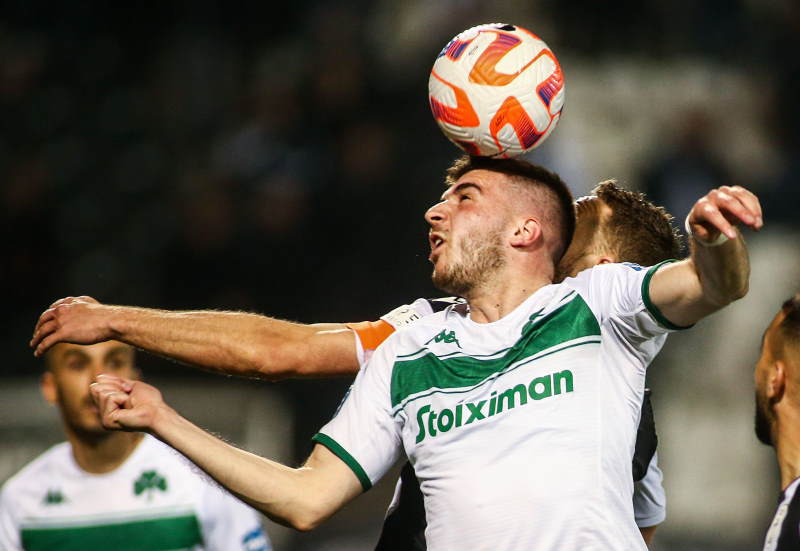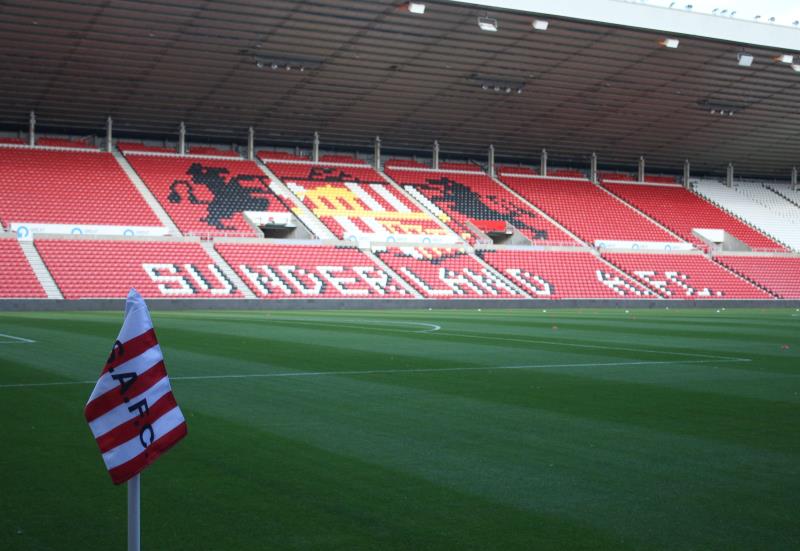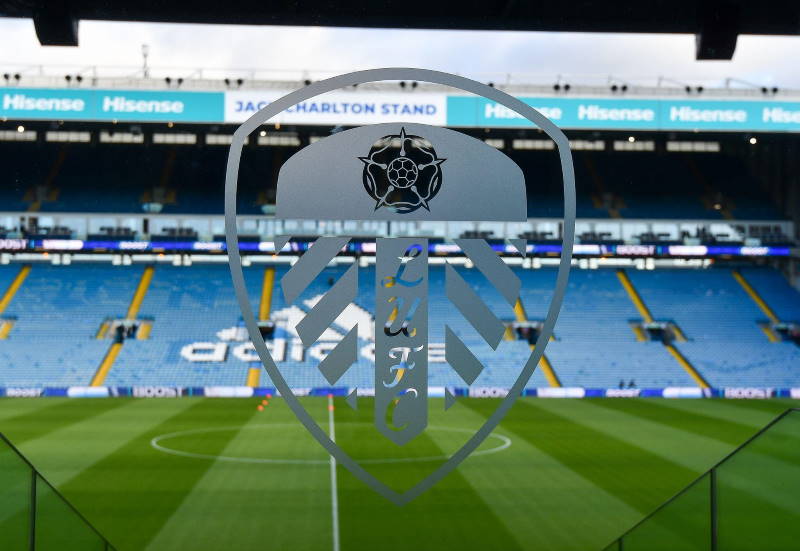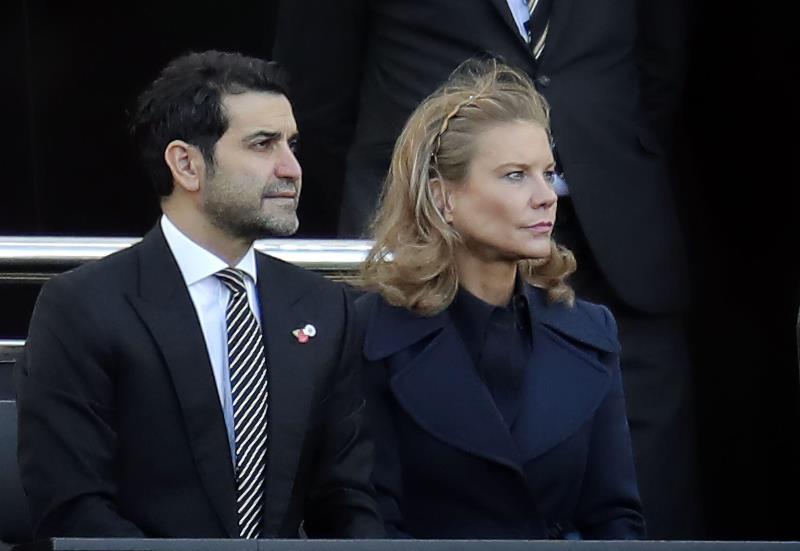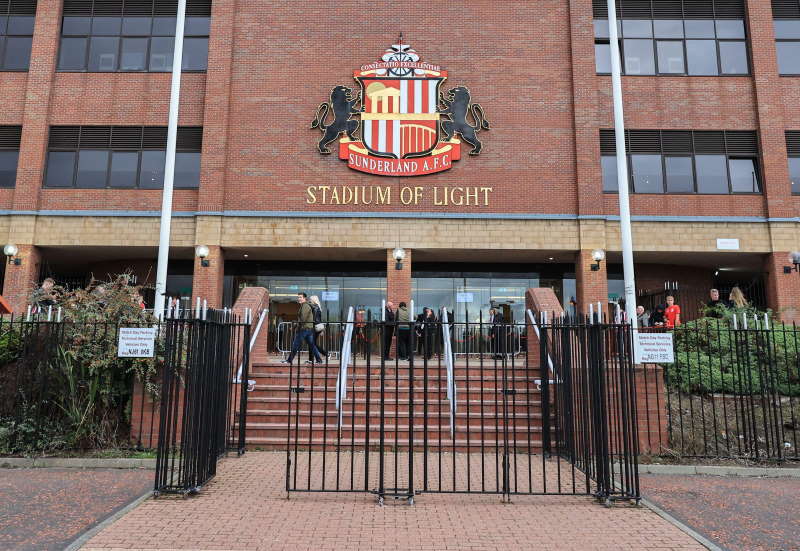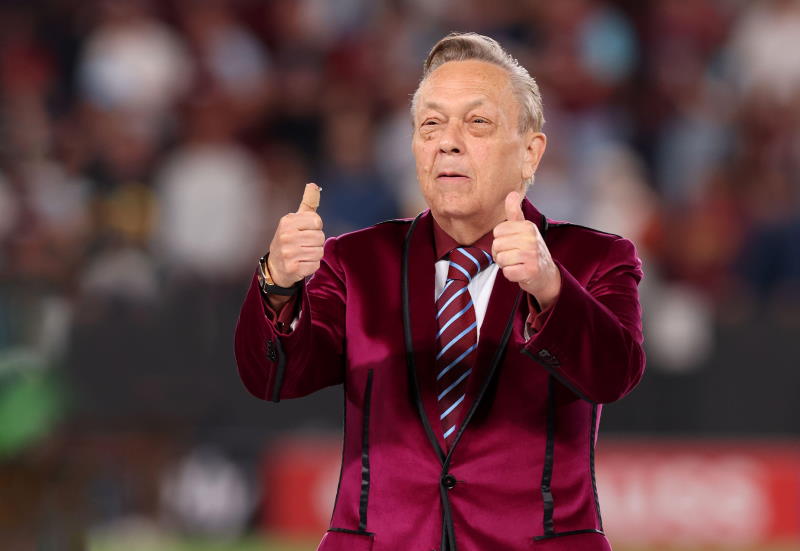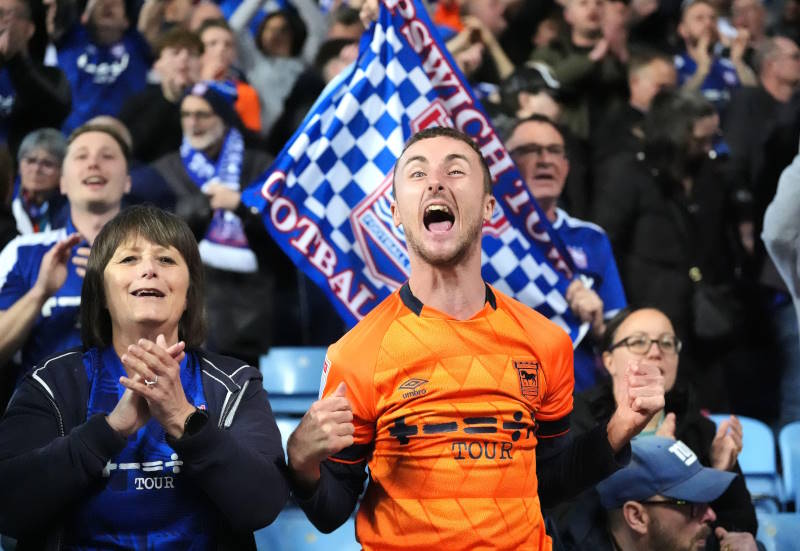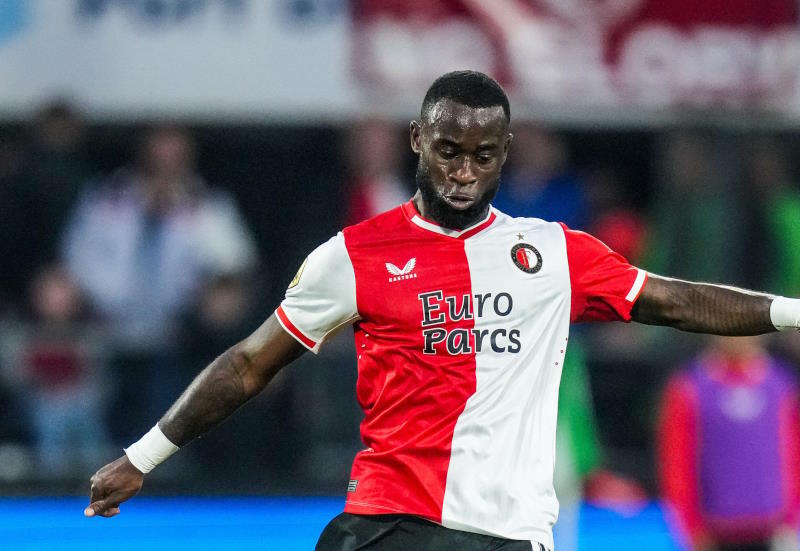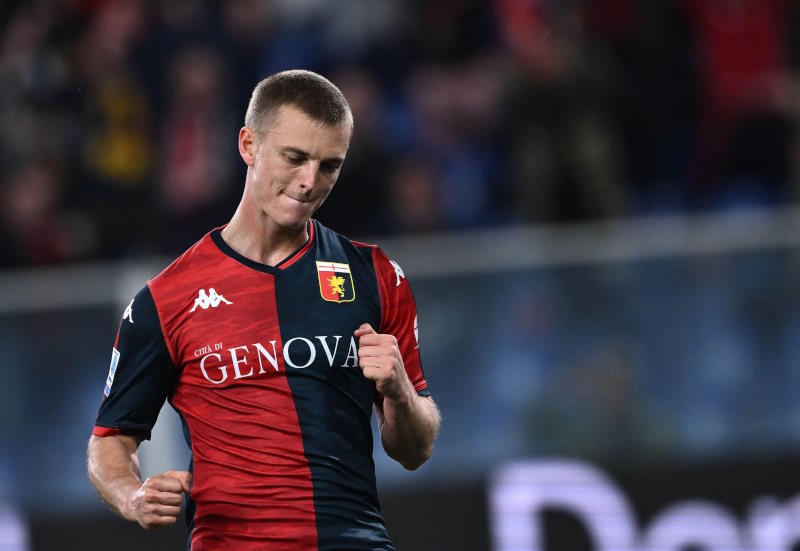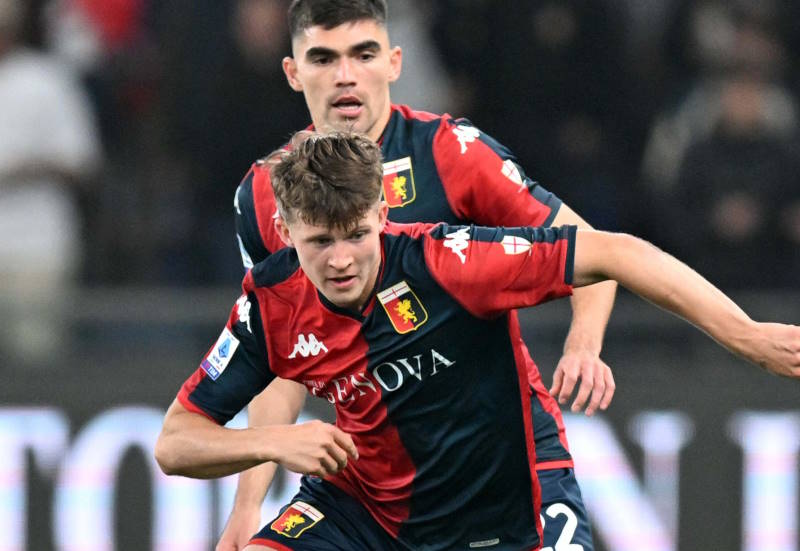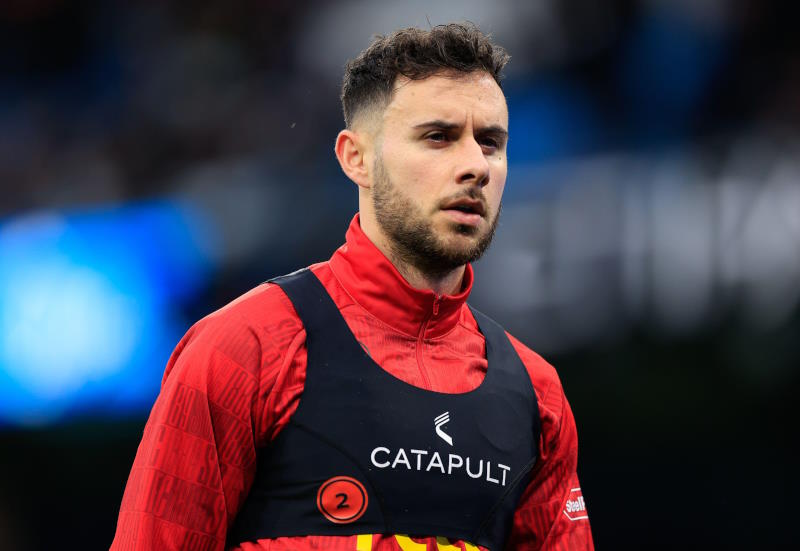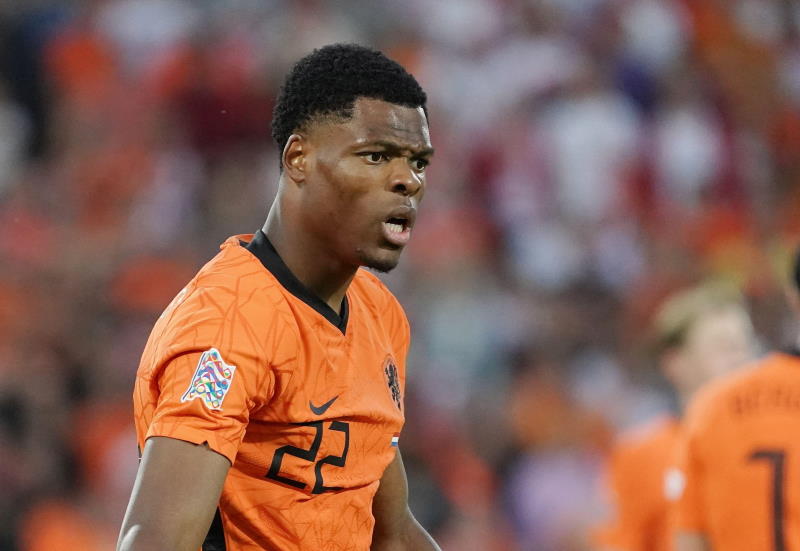
Rainier Plahar
Earlier this year, the FIFA commissioned Professional Football Players’ Observatory (PFPO) rated Italy as the worst amongst Europe’s top leagues for giving youth players a chance in the first-team. Indeed, the report showed that only 12.8% of youth stars made their way into Italian first-teams. The report gives more ammunition to those who call Serie A nothing but a retirement home for ageing stars.
The departures of Zlatan Ibrahimovich and Kaka, easily the best players in the league in recent times, has done little to curb these sentiments. With Italian clubs struggling in Europe and the national team playing less than inspiring football after the heroics of the last World Cup, voices have been baying for youth in Italy to be given a chance.
Italy have always had some of the best young players in Europe. This is reflected in the European Under-21 Championships where the Italians’ five championship wins are equalled by none. The question that then arises is: Why so little faith in youngsters at the top level?
The adherents of the experience over youth policy would point out that Italy has won a lot with this system, so why change a winning policy? A deeper look at Italian football indicates that this policy is not anathema to young talent as has been trumpeted by Serie A’s critics so often.
Pierluigi Casiraghi, current manager of the Italian Under-21 side, expressed the need for more playing time for his youth prodigies: "In my position I would prefer that everyone has the chance to play, grow, mature in terms of experience and quality”, Casiraghi stated. He tried to seek out a reason for a lack of playing time: "It is an issue of a winning mentality. Here they want to win immediately and there is no time to wait around for a youngster to prove himself, so clubs go straight to champions of experience who are considered reliable. It’s a different approach overseas" Casiraghi opined.
Young players in Italy are often shielded and given time to blossom. In the boot shaped country a 23-year-old is often deemed not prepared enough to play consistent top flight football. These youngsters, contrary to popular opinion, are nurtured rather than neglected. Viewed in terms of the physical and mental demands of the modern game perhaps this policy should not be judged so harshly.
Stars are continually under scrutinous coverage from the media and the physical demands of playing between 30 and 40 games a season can be too taxing for some youthful players.
At international level, Marcelo Lippi, for all his accomplishments, has come under fire lately for his insistence on sticking with the old guard. Lippi’s current starting line-up still features the core of his 2006 World Cup winning side even though some of the players are clearly not at their peak anymore. This has led to calls for the injection of young blood into the Azzurri.
Davide Santon and Sebastian Giovinco are names that often come up in discussions of this nature. Davide Santon at 18 has already won the confidence of his club coach Jose Mourinho and performed at the highest level. Santon is a full-back with composure far beyond his years, and the world caught a glimpse of the extent of his potential when he successfully marked superstar Cristiano Ronaldo in last season’s Champions League. Mourinho however, is not Italian, and it is doubtful Santon would have had as much playing time under a native coach.
At another of Serie A’s giants, Juventus, Sebastian Giovinco would be a household name already had he been English. At 22, the ‘atomic ant’ is already a crowd favorite in Turin. Yet, for all his prowess, Juventus bought the more experienced Diego to replace Pavel Nedved when some felt a new era should begin with a team centred around Giovinco. Results so far this season indicate however would seem to indicate that the right decision was made.
A cursory glance at the squads outside the top Serie A clubs show that Italy is not at all a retirement home. Napoli, Sampdoria, Roma and most mid-table clubs all boast young talents who are guided through their formative years outside the unnecessary and often detrimenal pressure of featuring for a top side. Napoli’s Luca Cigarini and Sampdoria’s Giampaolo Pazzini are both examples of potential stars being nurtured.
Italy’s preference for experience over youth is in no way reflective of the number of homegrown players the country can call upon. The fact is that lower ranked clubs in Serie A serve as a conveyor belt that produces and readies huge amounts of youngsters, letting them wait until they are ready to play consistently for the biggest sides in the country.
This trend is evident in the PFPO report which shows that Serie A has the lowest percentage of foreign imports amongst some of its rival European leagues. England, unsurprisingly, has the highest number of imports (65.2%, compared to a previous 48.09%), the German Bundesliga (53.1%, where for the first time ever, foreign players outnumbered German players, the figure the previous year was 36.7%), Serie A (39.6%, compared to 24.3%) and Ligue 1 (33.8% and 23.2% the previous year).
Thus the policies present in the domestic game, in the eyes of many Italians, have been vidicated by the performance of the national team, where Italy have been the most successful European side on the world stage and only second globally to Brazil. The Azzurri’s last World Cup win in 2006 was achieved with a squad of players all based in Serie A with an average age close to 30.
In England, where players as young as 18 are thrust into top flight football, the national team are yet to experience any considerable success. Players like Michael Owen who were starring for the national side before the age of 20 have all burnt out and are frequently injured. Recently, Theo Walcott the young Arsenal winger has been dogged by injuries too. It remains to be seen if he fulfills the expectations fans hold of him.
Unlike England, Italian youngsters who break into the first-teams of the top clubs almost always become legends. Paolo Maldini and Gianluigi Buffon readily come to mind. Players like Walcott, Jack Wilshere and even the Italian youngster at Manchester United, Federico Macheda, are already household names in England, but are no better in terms of potential than Giovinco, Claudio Marchisio or Luca Cigarini, who are themselves unlikely to be known to non followers of Serie A until they are well into their 20s.
Talented but young and inexperienced players, for all the refreshing brand of football they may play, can buckle in the biggest games as Arsenal fans will readily attest. They may also wilt far before their time due to the pressures of constant top flight football. The Cristiano Ronaldos, Messis and Rooneys are the exception rather than the rule. And even in their case it is yet to be seen if they can consistently deliver at this level through to their 30s, as another young prodigy in the original Ronaldo failed to do.
At a time when the the governing bodies are expressing concern about the transfers of very young players to foreign clubs, the Italian philosophy should be commended and not condemned.
Related Articles:
- – Italian Serie A 2009/10 Season Preview
- – Bayern, Inter and Real Madrid: Tales of the Lucky, Smart and Stupid
- – Milan and Juventus Ready to Usher in New Era?

